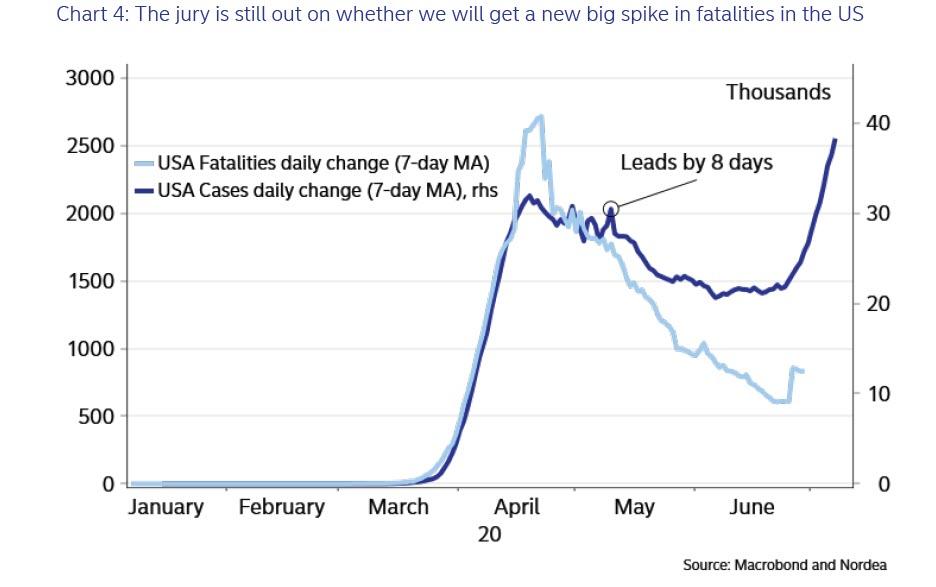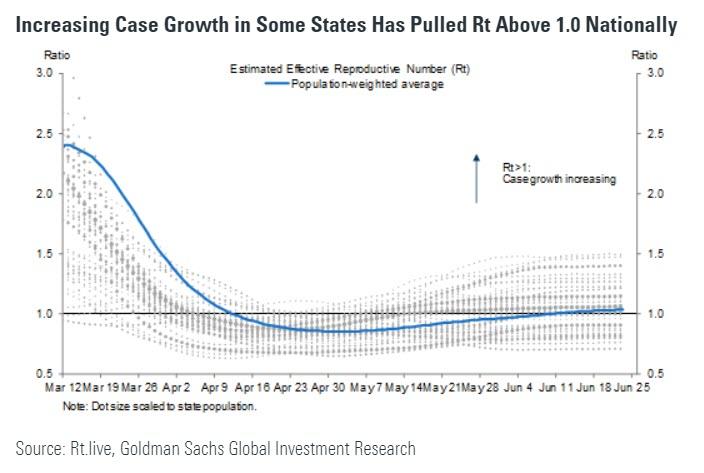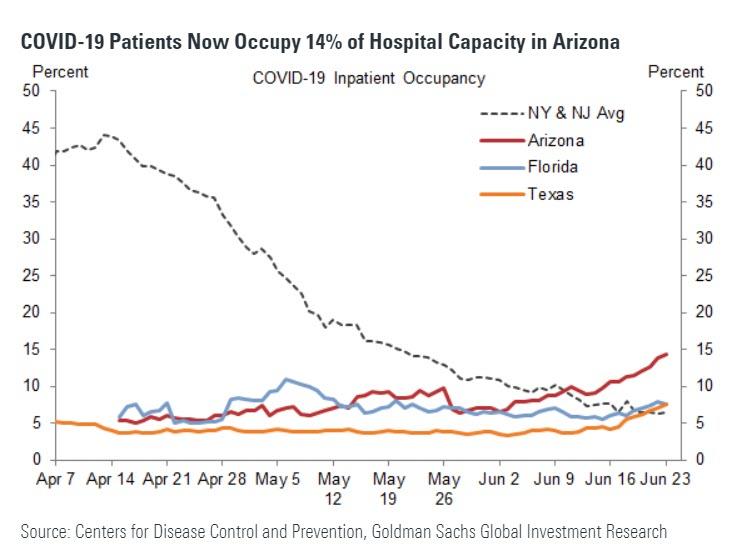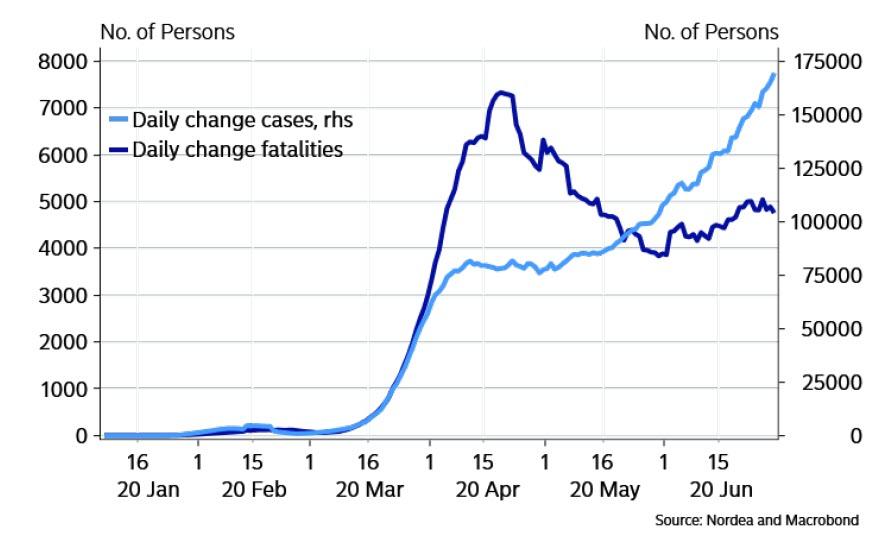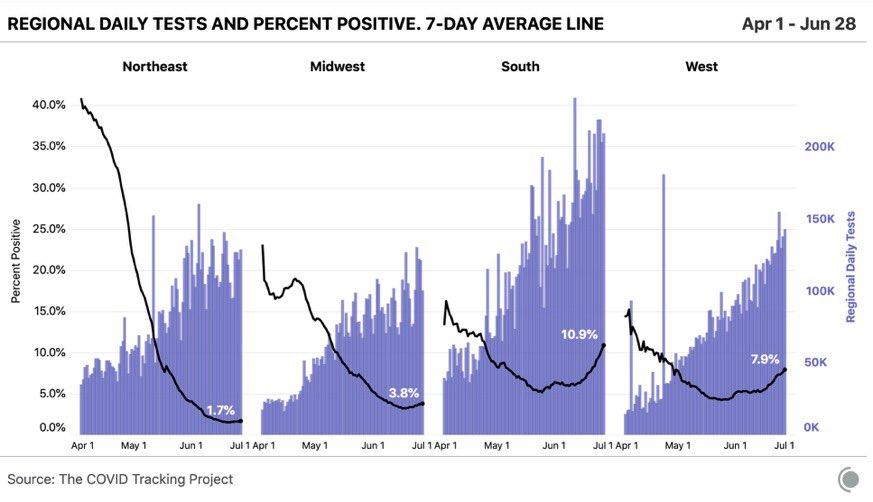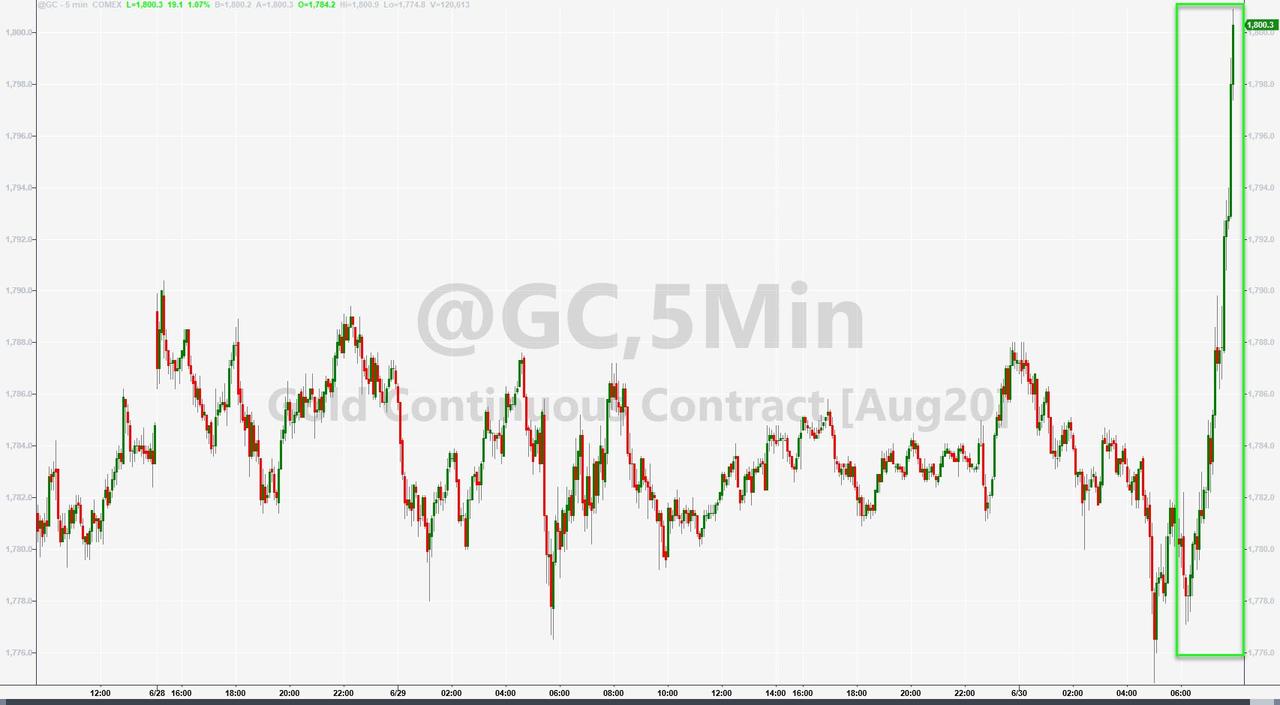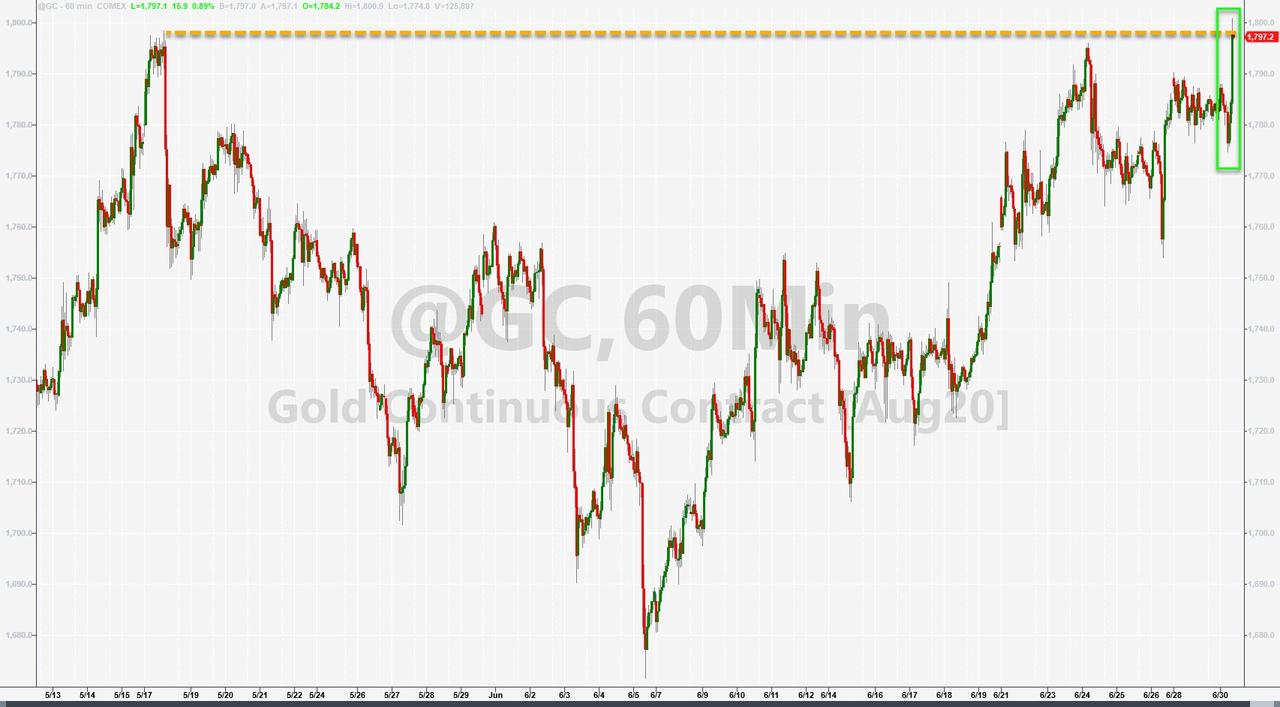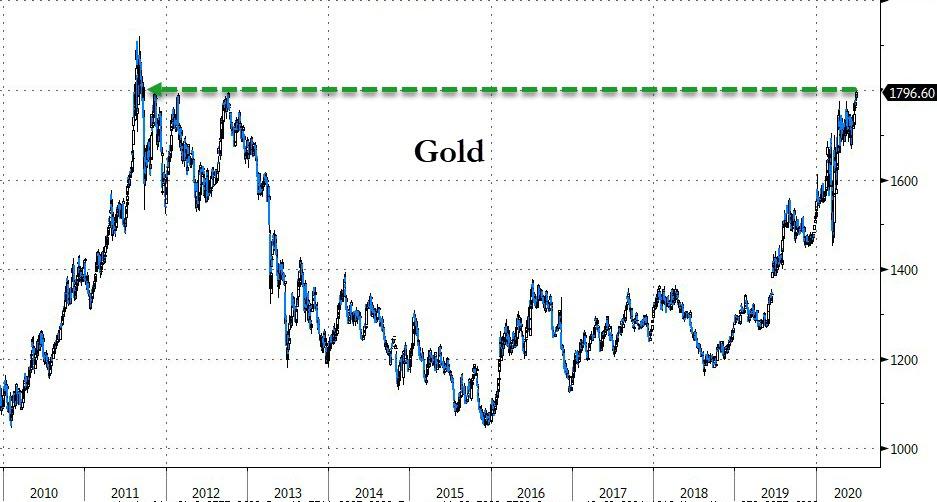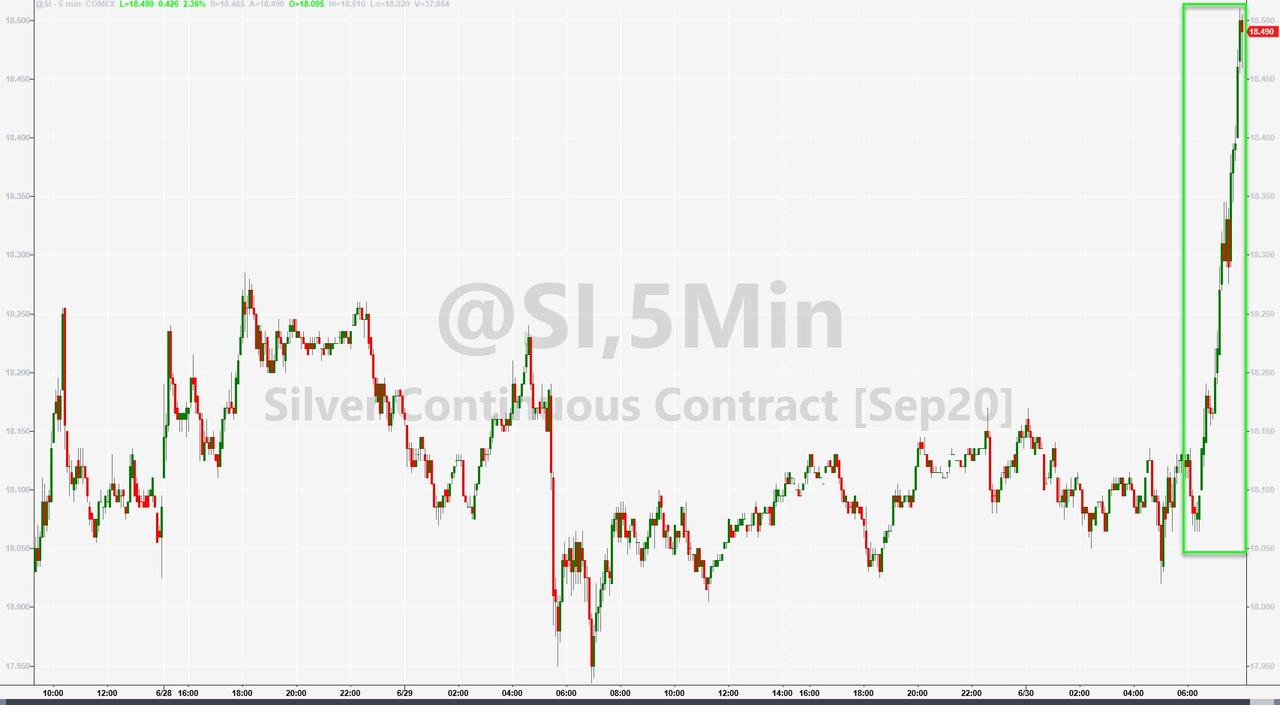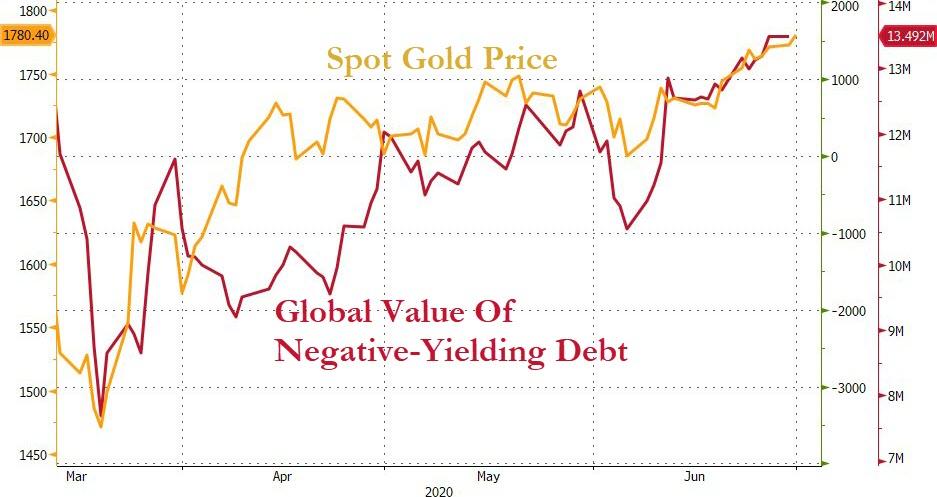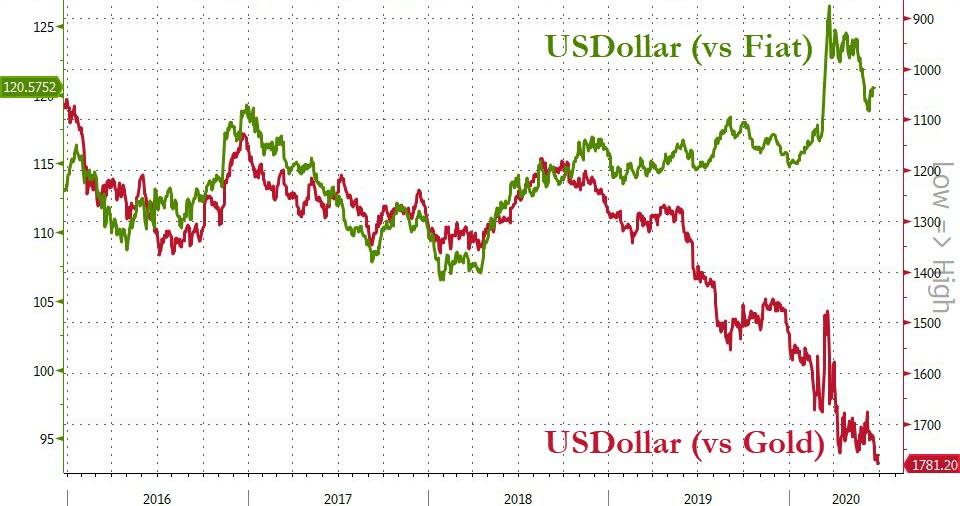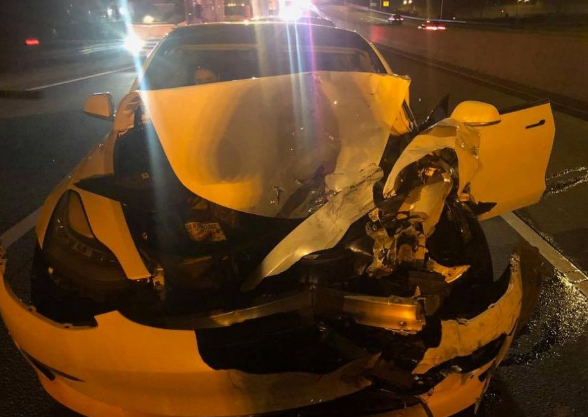I’m inclined to support properly crafted three strikes laws, especially for cases like this; and the court seems to be quite right that the trial judge’s decision is unsound under the California three strikes law. On the other hand, I know that others think that such heavy recidivism enhancements are improper, and that five years would be a sound sentence for a crime such as this one, regardless of the defendant’s past criminal history. (Still others might think that five years is too long, given that the victim managed to prevent being physically injured.)
What do you think? Here are the facts and some of the reasoning from People v. Mayfield, decided last week by the California Court of Appeal (in an opinion by Justice William Bedsworth, joined by Justices Richard Fybel and David Thompson):
The members of this panel have enjoyed long careers in the practice of law. We’ve seen enough to make it difficult to shock us. But not, as it turns out, impossible.
Respondent Tyson Theodore Mayfield has an extensive criminal record that includes multiple acts of violence against racial minorities. In this case, he threatened to make a pregnant African-American woman “drop” her unborn baby while she was waiting at a bus station. As a third-strike defendant, respondent was facing a mandatory prison sentence of 25 years to life. However, the trial court [Judge Roger B. Robbins] dismissed one of his prior strike convictions in the interest of justice under Penal Code section 1385 and sentenced him to five years in prison.
The district attorney contends the dismissal constitutes an abuse of discretion, and we agree. Completely. Everything about respondent’s crime and his record shouts for application of the Three Strikes law….
Jasmine C. is an African-American woman who was eight months pregnant in September of 2018. That day, she was waiting at the Fullerton bus station for her boyfriend to pick her up when she heard respondent talking nearby. He was telling his two male companions how he hates “niggers” like Jasmine and “gets his kicks” by hurting pregnant black women. He also asked his cohorts if they wanted to see him go over to Jasmine and make her “drop her baby.”
Jasmine became frightened. Her anxiety increased even more when respondent walked over to her and said, “I don’t like pregnant niggers like you,” “I’m going to make sure you drop your baby.” Jasmine told respondent to stay away from her, but he continued to hurl racial epithets at her. Fearing for her safety, and the safety of her unborn baby, Jasmine took out her pepper spray and sprayed respondent with it.
In response, respondent grabbed Jasmine’s backpack and left the scene momentarily. He then came running back toward her with his fists balled up and told her, “You’re going to pay now, you nigger, I’m going to make sure you really drop this baby.”
By now, Jasmine was so terrified her body was shaking uncontrollably. She somehow managed to run to a nearby café and call the police before respondent was able to carry out his threat. Officers arrived a short time later and took him into custody.
He was charged with committing a hate crime by threatening Jasmine for the purpose of violating her constitutional rights and with the present ability to commit a violent injury or cause actual physical injury. The complaint also alleged one count each of making a criminal threat and petty theft. And it included a sentence enhancement allegation that the criminal threat constituted a hate crime.
In addition, the complaint alleged two prior strike convictions, two prior serious felony convictions and two prior prison terms. Those six recidivist enhancements were based on respondent’s convictions for assault with a deadly weapon in 2005 and mayhem in 2008….
All told, respondent was facing a mandatory sentence of 25 years to life in prison under the Three Strikes law, plus 13 years for the remaining enhancements. At his arraignment he pleaded not guilty, and over the course of the next several months, his preliminary hearing was continued several times to facilitate a plea bargain. During that period, respondent was unable to reach a plea agreement with the district attorney. However, the trial judge indicated he would be willing to strike one of respondent’s prior strike convictions and sentence him as a second-strike offender to five years in prison if he pleaded guilty to the charges.
The prosecution vehemently opposed this proposed disposition. On March 15, 2019, it filed a lengthy sentencing brief arguing the interests of justice did not support the trial judge’s indicated sentence. According to the brief, respondent was convicted of 18 offenses during the 20-year period leading up his current crimes in 2018[:] {1997: Driving under the influence; 2000: Driving with a suspended license; 2003: Battering a police office, resisting arrest and using illegal drugs; 2004: Petty theft and disorderly conduct; 2005: Assault with a deadly weapon; 2006: Failure to appear in court; 2007: Assault and battery; 2008: Mayhem and battery with serious bodily injury; 2016: Driving under the influence; 2017: Hate crime, assault, battery, and driving under the influence.} Eighteen—a remarkable number considering how much of those 20 years he spent in custody.
Most of these earlier convictions were for misdemeanors. However, in 2003, respondent was convicted of felony battery on a police officer, and in 2005, he suffered his first strike conviction for stabbing a man outside a liquor store. Respondent had no prior relationship with the man he stabbed. He just walked up to him, accused him of being a child rapist/murderer and slashed his face with a knife. Respondent received a two-year prison sentence for the attack. However, following his release from prison, he soon reoffended.
In 2006, respondent and a companion contacted a nonwhite couple at a gas station and asked them if they had any spare change. When the woman said no, respondent began making racist statements to her. Then he began punching the man in the face and did not relent until a bystander intervened. In the end, the man suffered a lacerated lip that required eight stitches and for a time hindered his ability to speak and eat. Respondent was convicted of battery with serious bodily injury and mayhem—his second strike conviction—and sentenced to nine years in prison.
That was in 2008. Following his release from prison, respondent was quickly convicted for drunk driving. And in 2017, one year before the instant case arose, he reoffended yet again. The victim in that case was a Turkish man with dark skin and dreadlocks. Respondent approached him outside a liquor store and asked for a light. When the man said he didn’t smoke, respondent called him a “fucking nigger” and began pounding him with his fists. The incident led to respondent being convicted of a felony hate crime, but the trial court inexplicably reduced the conviction to a misdemeanor pursuant to section 17, subdivision (b) and sentenced him to a year in jail.
In addition to providing this information about respondent’s prior cases, the prosecution’s sentencing brief noted respondent has consistently violated the terms of his probation and parole throughout the years. The brief also reminded the court respondent presently had four misdemeanor cases pending against him that were unrelated to the present case. One of those cases was for punching a fellow inmate at the Orange County jail without provocation. Respondent boasted to jail authorities that he was not going to cease his violent behavior while in custody so long as he was forced to have contact with other inmates.
Given respondent’s violent and racist conduct over the past two decades, including his actions in the present case, the prosecution’s brief argued he was a threat to public safety and deserved to be incarcerated for an indeterminate life term pursuant to the Three Strikes law. Nevertheless, the trial judge stood by his indicated sentence of five years, which predictably prompted respondent to change his plea to guilty….
The trial judge exercised his discretion under section 1385, and struck respondent’s 2005 strike conviction in the interest of justice for the following reasons: 1) the circumstances surrounding the current offense “do not indicate a greater degree of danger to society[,]” 2) “[t]here was no injury to any person[,]” 3) “[t]here was no weapon used[,]” 4) respondent’s prior strike conviction is “14 years old and now remote in time,” and 5) respondent was pleading guilty at an early stage of the proceedings.
The judge sentenced respondent to a prison term of five years, representing the requisite double the two-year midterm on the criminal threats count, plus one year for the hate crime enhancement attendant to that count. In so doing, the judge not only struck respondent’s 2005 conviction for purposes of the Three Strikes law, he also struck all of the prior serious felony and prior prison term enhancements. Sentencing on the remaining two counts was stayed pending the completion of respondent’s five-year term. So a defendant with 38 years’ exposure who had been sentenced to 9 years for his previous felony, got 5 years for this one….
In reviewing this decision, we must keep in mind the Three Strikes law is designed to “punish repeat criminal offenders severely” and “drastically curtail a sentencing court’s ability to reduce the severity of a sentence by eliminating alternatives to prison incarceration[.]” To that end, the law mandates the imposition of a 25-year-to-life prison sentence in cases—such as this one—where the defendant is convicted of a serious or violent felony and has previously been convicted of two such felonies. In other words, “If, after having suffered two qualifying felony convictions, an offender commits a third qualifying felony, the Three Strikes law presumes he or she is incorrigible and requires a life sentence.
That doesn’t mean trial courts are powerless to deviate from the Three Strikes law. Under section 1385, the trial court is empowered to strike a prior strike conviction “in the furtherance of justice.” However, that great power should only be used in “extraordinary” circumstances, when the ends of justice demand it….
What … we find considerable here is that racism and misanthropy are motives that are not likely to diminish or disappear. A defendant who boasts about his fights with other inmates and has a long and depressing history of random violence is not likely to emerge from whatever portion of five years his sentence requires him to serve with a thoughtful and pacific approach to his fellow man….
Respondent was also given a tremendous break in 2017 when the court reduced his felony hate crime to a misdemeanor. This enabled him to avoid the imposition of a lengthy prison sentence at that time. {The record does not reflect how in the world that happened.} Yet, before the dust settled on that case, he went out and committed another hate crime, against Jasmine. His unrelenting criminal behavior since suffering his first strike conviction in 2005 demonstrates him to be an unchanged man, with a stubborn character and no discernible prospects for reform….
All of this convinces us the trial court abused its discretion in offering him a reduced sentence…. The judgment is reversed and the matter is remanded to permit respondent to withdraw his guilty plea and plead anew.

from Latest – Reason.com https://ift.tt/2BozkFY
via IFTTT




